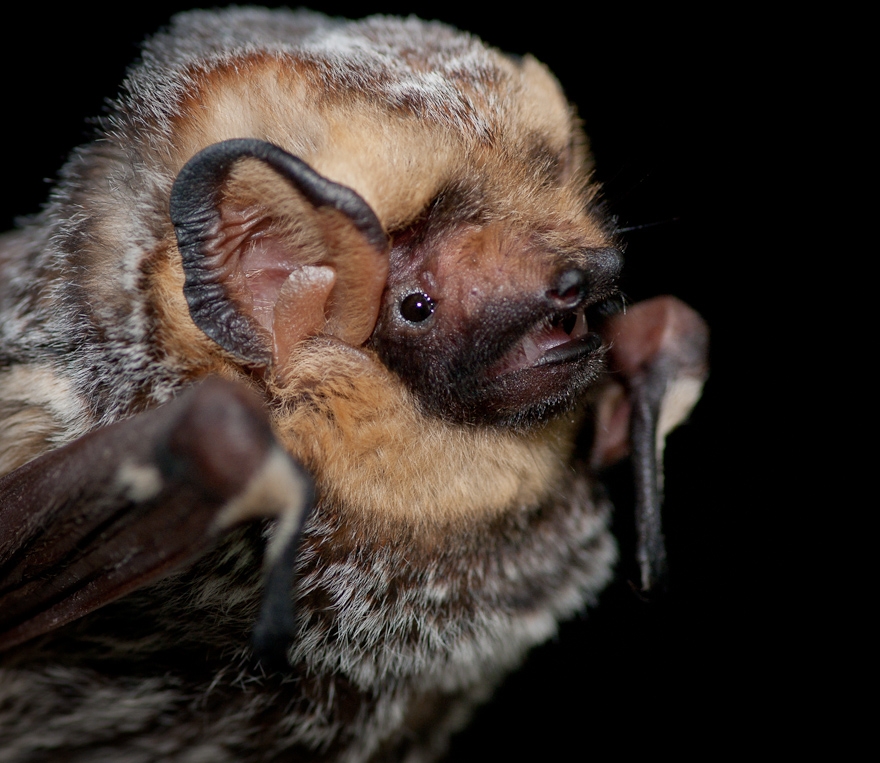Bats are known for their special form of orientation, echolocation by means of ultrasound. However, recent research suggests that bats rely less on echolocation than has long been thought. To verify this, an American-Israeli research team studied 10 hoary bats(Lasiurus cinereus)using miniature transmitters that recorded ultrasound and accelerations.
It was found that the bats alternated between periods when their typical high-intensity echolocation prevailed and periods when “micro-calls” (unusually short, quiet calls) or no calls were heard at all. In the periods with high echolocation intensity, there were many so-called feeding buzzes (indication of hunting insects), while in the periods with little or no echolocation, many social interactions with other conspecifics took place. Also during the social interaction, the bats switched back to high-intensity echolocation. The results suggest that bats fly with reduced or no echolocation to likely avoid “eavesdropping” of conspecifics, perhaps also related to mating behavior. The study also provides strong evidence that bats can fly for extended periods of time without echolocation.
This aspect is also relevant for our native bat species, especially with regard to shutdown algorithms on wind turbines, which are adjusted by means of ultrasonic activities of the animals. With a view to the political goals for the expansion of wind power, there is an urgent need for investigation.

Original study (Open Access):
Corcoran, A.J., Weller, T.J., Hopkins, A., Yovel, Y. (2021): Silence and reduced echolocation during flight are associated with social behaviors in male hoary bats (Lasiurus cinereus). Sci Rep 11, 18637. https://doi.org/10.1038/s41598-021-97628-2
https://www.nature.com/articles/s41598-021-97628-2
